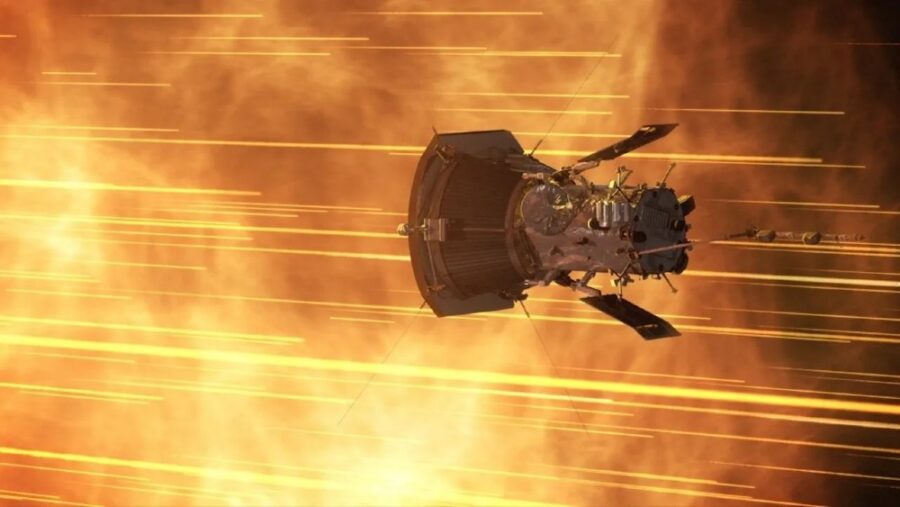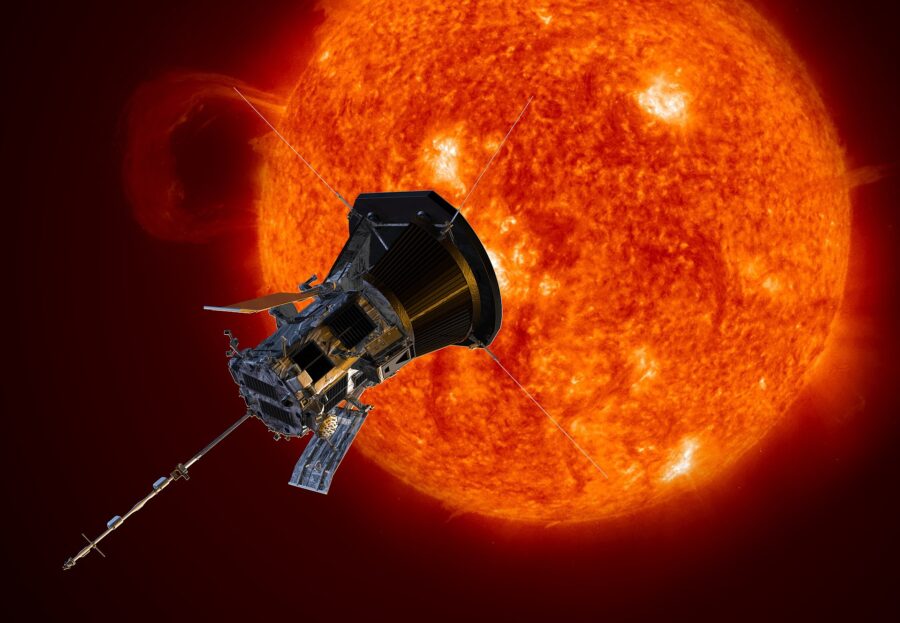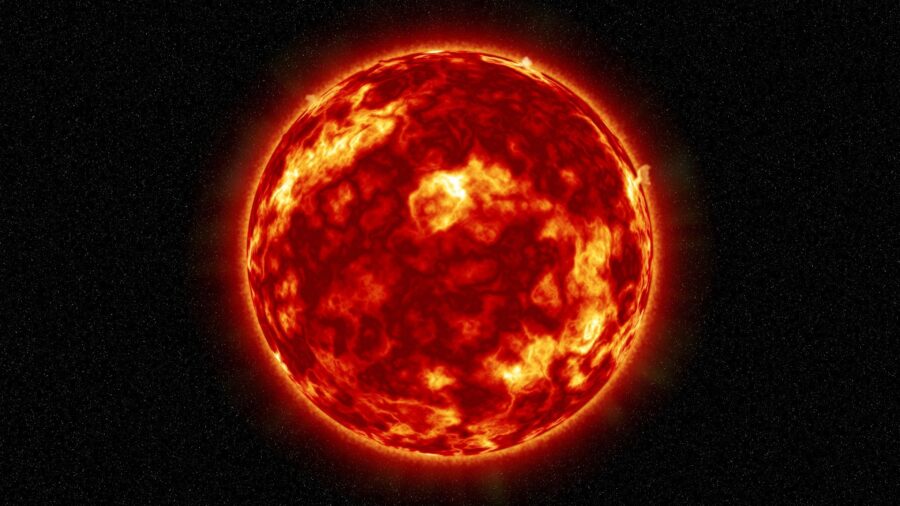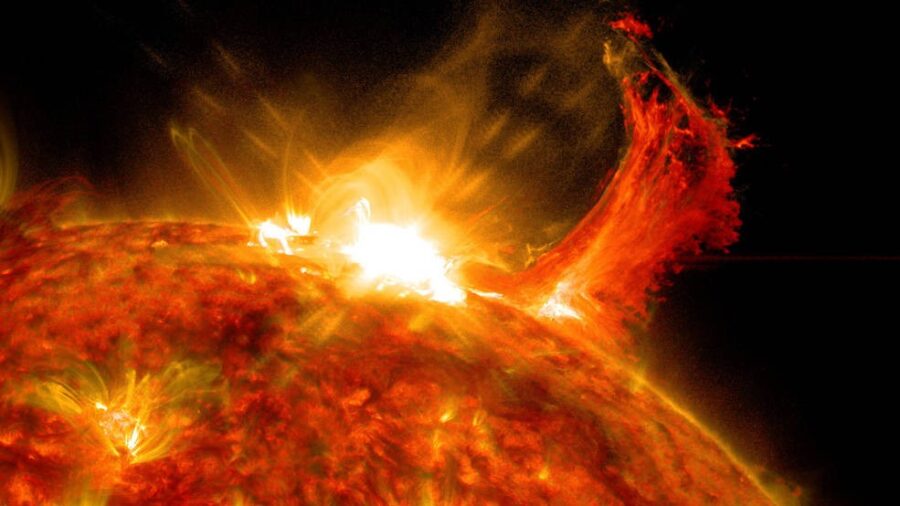NASA Making History With Solar Probe Practically Touching The Sun

NASA’s Parker Solar Probe is set to make an incredibly fast, unprecedentedly close trip past the Sun late this year. On December 24, 2024, the space vessel is scheduled to zip past our Sun as fast as 195 km/s (435,000 mph) at a distance of only 6.1 million km (3.8 million miles) from the solar surface. It will be the fastest any human-made object has ever traveled and the closest any such object has gotten to the Sun.
NASA’s Parker Probe Set To Make History As Closest Object To The Sun

The solar probe will be, in the words of Dr. Nour Raouafi, a scientist on The Parker project, “basically almost landing on a star.” For context, our planet orbits at an average distance of about 93 million miles (150 million km), meaning the probe will be about 96 percent closer to the Sun than we are. Raouafi says the mission will be as significant an achievement for humankind as the 1969 Moon landing.
The Probe Will Travel Incredibly Fast

The speed of the Parker Solar Probe will be due to the gravitational forces working on it as it falls toward the Sun, reaching a velocity that could take it from New York to London in less than half a minute. The Parker project began in 2018 with the goal of making several passes near the Sun, with each one growing closer than the one before.
This incredible challenge faces multiple potential complications, including heat, as the temperature of the spacecraft’s front will likely approach 1,400°C, or 2552°F.
The plan for the solar probe is to make its measurements as quickly as possible, making a fast entry and a fast retreat. Readings will be taken by several instruments, which will be protected by a substantial heat shield. Researchers hope this data will provide new insight into some of the Sun’s important processes, including giving scientists a better understanding of the Sun’s corona, or outer atmosphere.
The Sun’s Corona

NASA scientists are hopeful that the solar probe will help them understand why the corona superheats in ways that are counter to what would be anticipated. The photosphere, or surface, of the Sun has a temperature of approximately 6,000°C (10,832°F), but its corona can reach temperatures exceeding 1,000,000°C, or 1,800,032°F. This phenomenon occurs in spite of the logical assumption that temperatures farther from the nuclear core of the Sun would be lower than temperatures closer to the core.
Better Space Weather Predictions

The solar probe will also be looking at heavy ions, protons, and electrons that flow outward from the Sun and accelerate to supersonic speeds in the corona, creating a wind of 400 km/s, or 1,000,000 mph. This too has been a mystery, but understanding this aspect of the Sun’s behavior is important for improving predictions of solar activity and what is referred to as “space weather.” This weather—strong bursts of magnetic fields and particles from the Sun—can have a detrimental effect on communications and power grids on our planet, while also posing the risk of radiation exposure to our astronauts.
Unraveling The Mysteries Of Our Sun

The findings of the solar probe will affect future missions to the Moon as well as potential permanent lunar facilities. Having already made a close flyby of the sun on Friday, the probe will pass by three more times before it makes a trip around Venus to accelerate into its final trip. Scientists with the Parker project are hopeful that the information gained from this unprecedented mission will benefit our understanding of our solar system for generations to come.
Source: BBC











